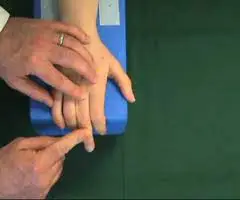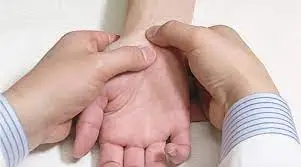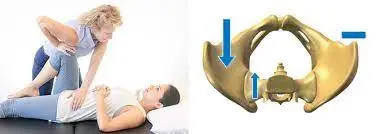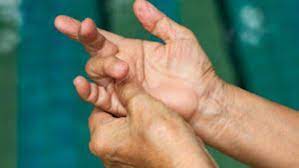Beevor sign
Beevor sign is a clinical examination maneuver used to assess the function of the abdominal muscles, specifically the rectus abdominis muscle. It involves observing the movement of the umbilicus (belly button) during a supine maneuver where the patient raises their head and shoulders slightly off the examination table. If the umbilicus moves upwards or deviates…

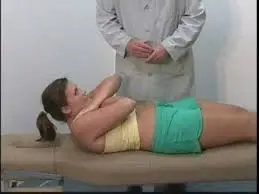
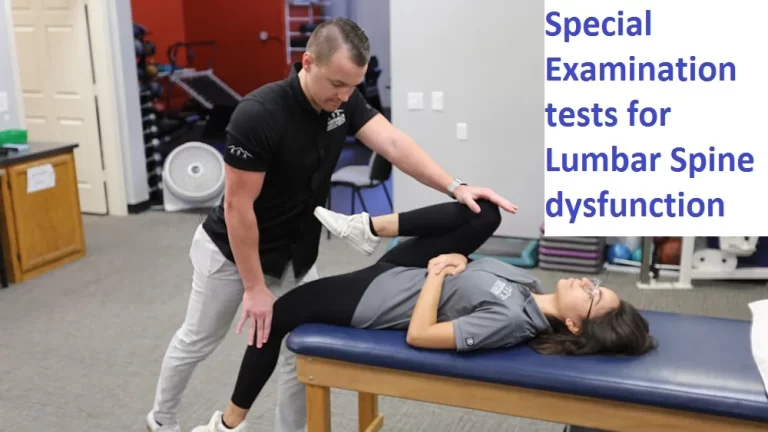

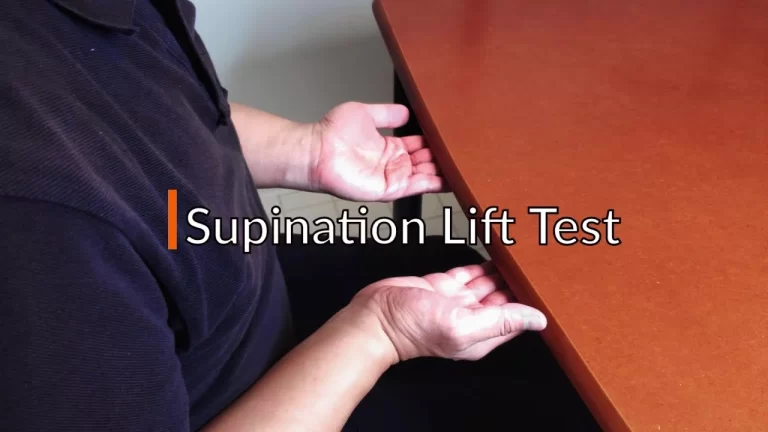
![Test for tight retinacular [ collateral ] ligaments](https://samarpanphysioclinic.com/wp-content/uploads/2023/06/Test-for-tight-retinacular-_-collateral-_-ligaments.webp)
